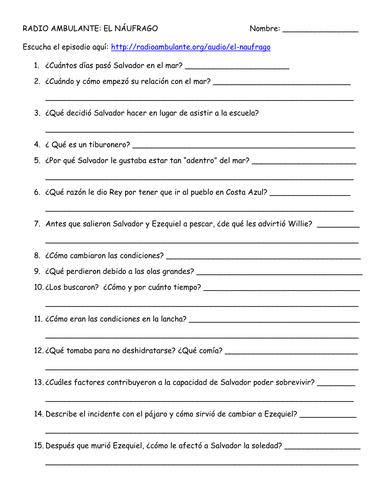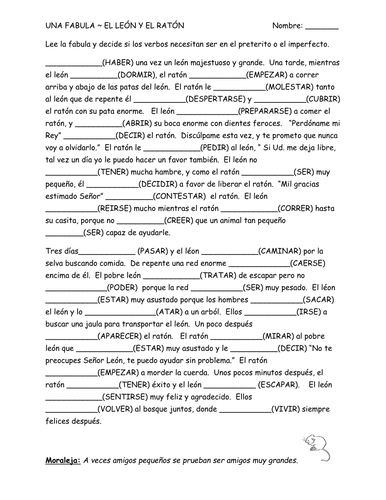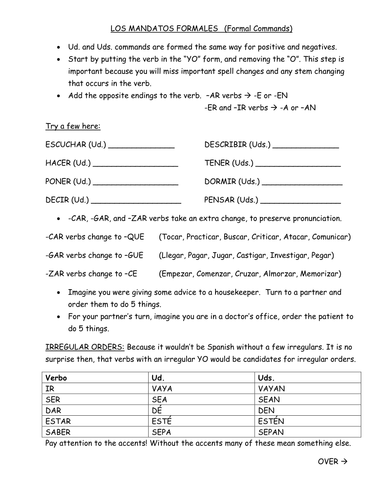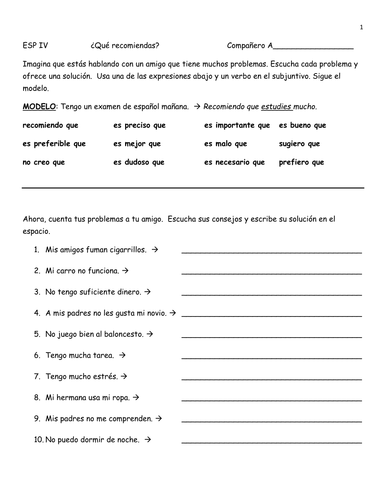Barbara Davis
I am a High School World Language Teacher of Spanish, French, ESL and Bi-lingual education with 25 years of experience teaching all levels K-University level language classes. I love teaching and always ask for new responsibilities to broaden my knowledge. I am a documentary buff so I also write movie guides on a variety of Social Studies and Health related topics in addition to World Languages. I am excited to be able to share lessons with others and welcome your feedback.






















